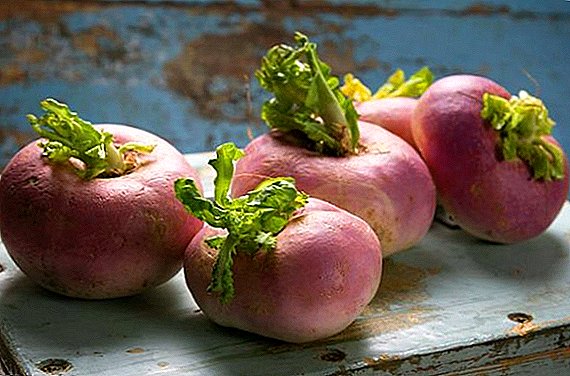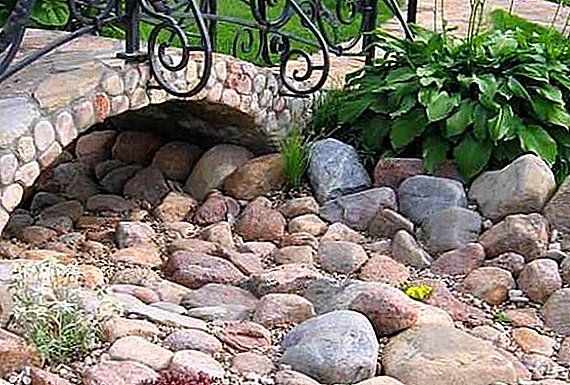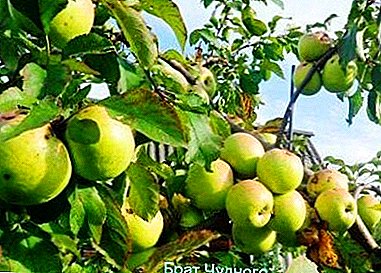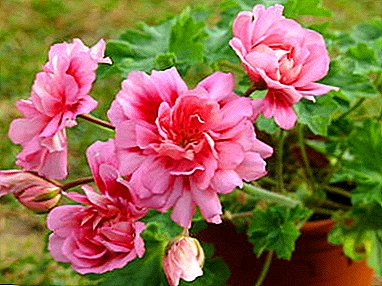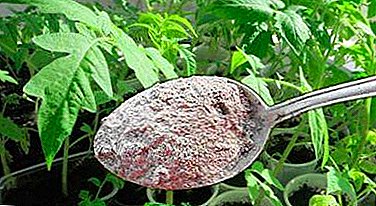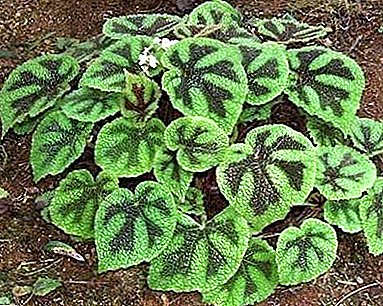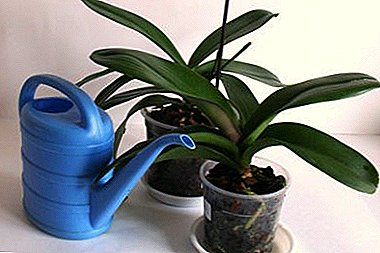
Phalaenopsis is a popular indoor plant in the modern world. This type of orchid is distinguished by its beauty and relative simplicity in care. One of the main aspects of care is proper watering.
How many times a week should a flower be watered, when it should be done more often, and when less often - these and other issues will be discussed in this article.
Why is it important?
Phalaenopsis orchid comes from the rainforest, so proper watering is extremely important to it. It is recommended to observe a certain frequency of watering, which is suitable for the plant. This is important, because with the wrong care the plant will feel bad, it can get sick or even die. From the point of view of Feng Shui, diseased plants take away the energy of the owners and bring negative, unhappiness.
What determines the frequency of watering at home?
 To determine the frequency of watering a plant, you need to consider several factors.:
To determine the frequency of watering a plant, you need to consider several factors.:
- Age, size and condition of the plant.
- Season.
- Climate indoors and outside the window.
- The volume of the pot.
- Moisture content of the substrate.
How to determine that a flower needs moisture?
To determine when it is time to water, just enough to pay attention to the condition of the plant. There are several signals that orchid will tell you that it needs moisture.
- First of all, you should pay attention to the state of rhizome. If the roots are green, then phalaenopsis does not need watering at the moment. When they become gray with a whitish bloom, it means that the plant needs moisture.
- The second sign that it is time to water your orchid is the lack of condensation on the walls of the transparent pot in which it grows.
- The third assistant will be the state of the substrate in the pot. Dig it up a bit and see the condition inside. If the substrate is still wet, then watering at the moment is not required. But, as a rule, it is difficult to determine the condition of the soil in the middle of the pot. For this, too, there are several tricks.
- After watering, raise the orchid pot and try to remember about its weight. After a few days, repeat this action. If the weight of the pot has become much lower, then it's time to water the orchid.
- You can also use a wooden stick as an indicator. It is necessary to stick it in the center of the pot, but carefully, without damaging the roots. If it is easy to get it and it remains dry, then the substrate in the pot is dry and watering is required.
How often should a plant be irrigated?
The frequency of watering each particular plant is determined individually, taking into account the factors listed above. The main rule of watering orchids - watering is possible only when the roots of the plant and the substrate dries well.
What are the consequences of overflow?
 With too frequent and abundant watering the roots of the plant and the substrate will not have time to dry out, a stagnant liquid is formed. This will lead to a deterioration in the condition of the plant as a whole, diseases.
With too frequent and abundant watering the roots of the plant and the substrate will not have time to dry out, a stagnant liquid is formed. This will lead to a deterioration in the condition of the plant as a whole, diseases.
The most common consequence of over-irrigation is the rotting of plant parts. These can be roots, leaves, or decay of a growing point. After such consequences, the plant will recover for a very long time, and in particularly neglected cases will die.
What happens if you moisten the substrate too rarely?
Orchid can adapt to the conditions of drought and survive in them for quite a long time. But with rare watering the plant will not be able to please you with flowering, as it will be in difficult conditions, leaving all forces to survive.
Problem solving and prevention
If you understand that your orchid needs a change in the frequency of watering, you should do so immediately. In the event of disease or rotting of parts of the plant, it is necessary to take measures immediately and begin treatment of the plant depending on the problem.
What water to use?
Watering orchids should be done with warm, preferably soft and filtered, water. If you can not use the filter, you must first defend the water. When using ordinary tap water, it is recommended to boil it.
Also, to soften, you can add a small amount of oxalic acid in the ratio of 1:10. Water temperature for irrigation should be slightly above room temperature.. The use of cold water is not recommended, as it can lead to a deterioration of the plant.
How to act?
There are several ways to water the Phalaenopsis orchid. The choice of the right depends on the condition and size of the plant, the time of year.
- Substrate irrigation. To do this, the usual room watering can, with which you can direct a stream of water and evenly distribute the liquid over the surface. After the water passes through the pot and the excess remains in the pan, it is recommended to drain them and repeat the steps.
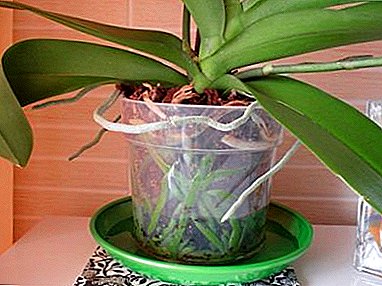 Shower. To do this, close the substrate with a film, put the plant pot in the bath and bathe it well with a warm stream of water. It is important to regulate the pressure in order not to damage the orchid.
Shower. To do this, close the substrate with a film, put the plant pot in the bath and bathe it well with a warm stream of water. It is important to regulate the pressure in order not to damage the orchid.After bathing, you need to leave the pot in the bath, let the excess liquid flow down and wipe the leaves with a napkin or a dry soft cloth. This method of irrigation should be used no more than 1 time per month, and in winter it is better to refrain from it.
- Immersion. For this, the pot with the plant is immersed in a basin, carefully and evenly watered over the entire surface of the substrate, until the water level reaches of the pot. After that, leave the plant for 20-30 minutes in water, then let the excess moisture flow out and return to its place.
When does a plant have an increased need for water?
The increase in the frequency of watering phalaenopsis orchids may be due to the following factors:
- The period of active growth or flowering.
- Changes in environmental conditions - temperature, humidity.
- The onset of summer.
- Heating season indoors.
Do not forget that the more your plant, the more moisture it needs.
Phalaenopsis orchid requires special attention with regard to watering. But with the proper conduct of the procedure and a comfortable frequency of watering, your beautiful woman will delight you with her good appearance and long, unusual flowering.


 Shower. To do this, close the substrate with a film, put the plant pot in the bath and bathe it well with a warm stream of water. It is important to regulate the pressure in order not to damage the orchid.
Shower. To do this, close the substrate with a film, put the plant pot in the bath and bathe it well with a warm stream of water. It is important to regulate the pressure in order not to damage the orchid.
